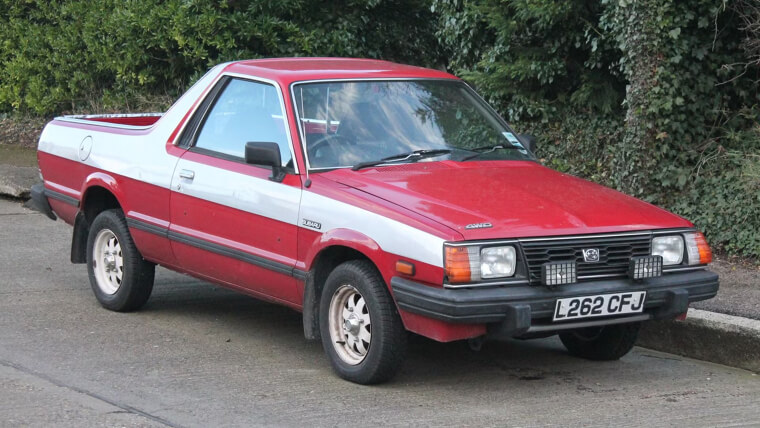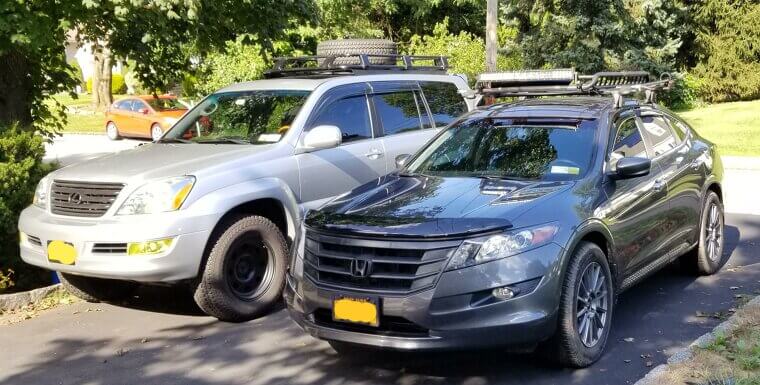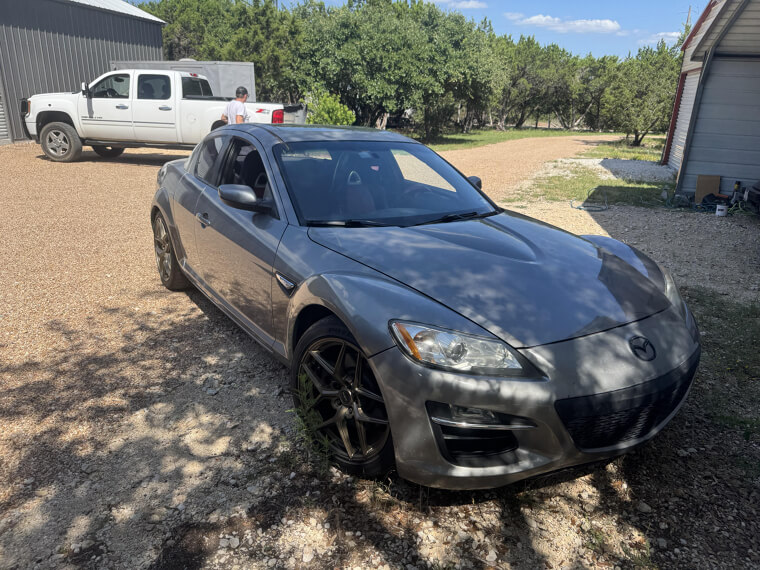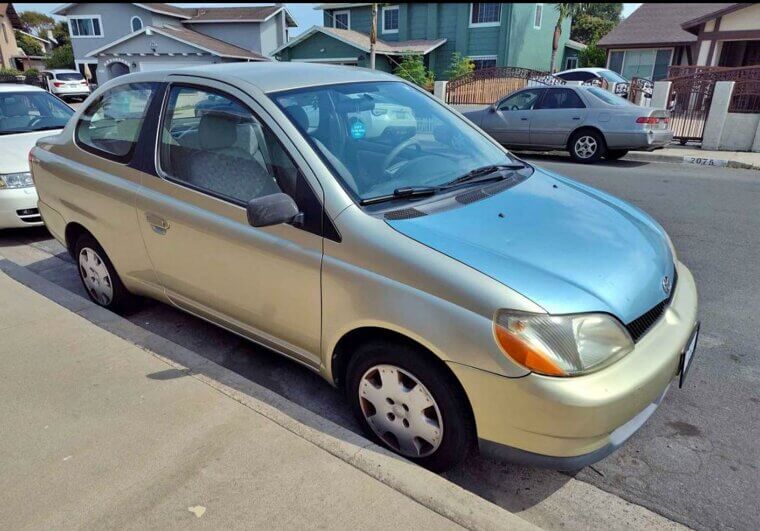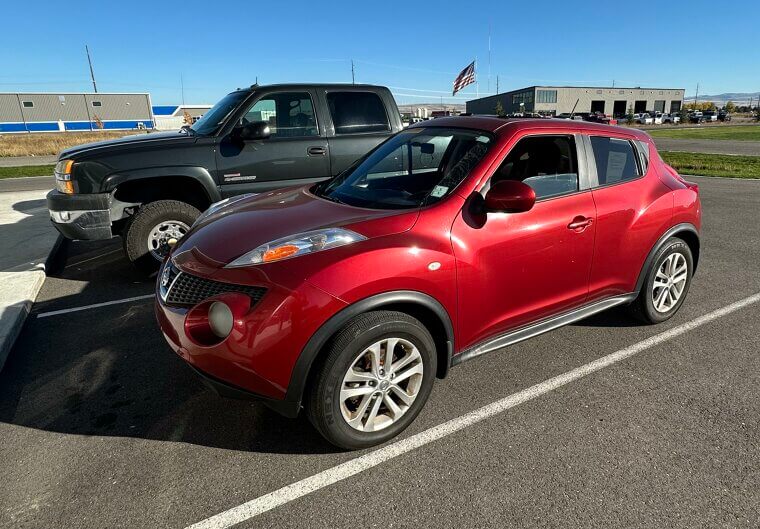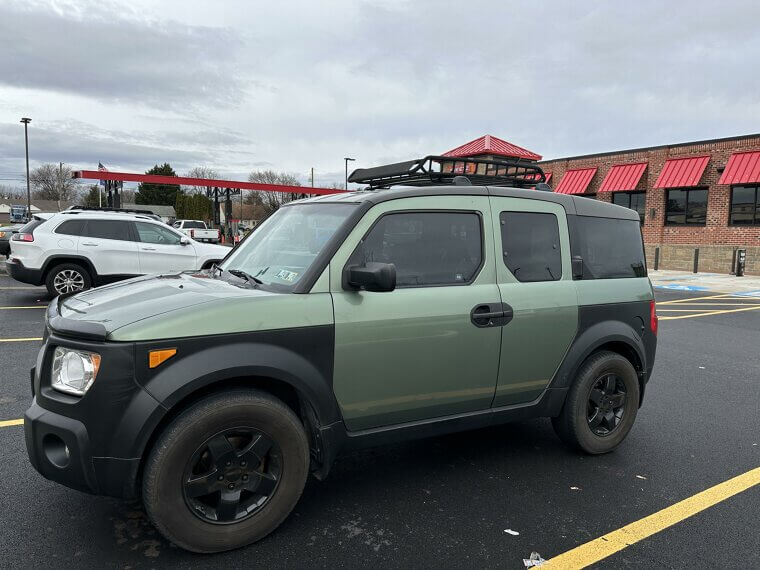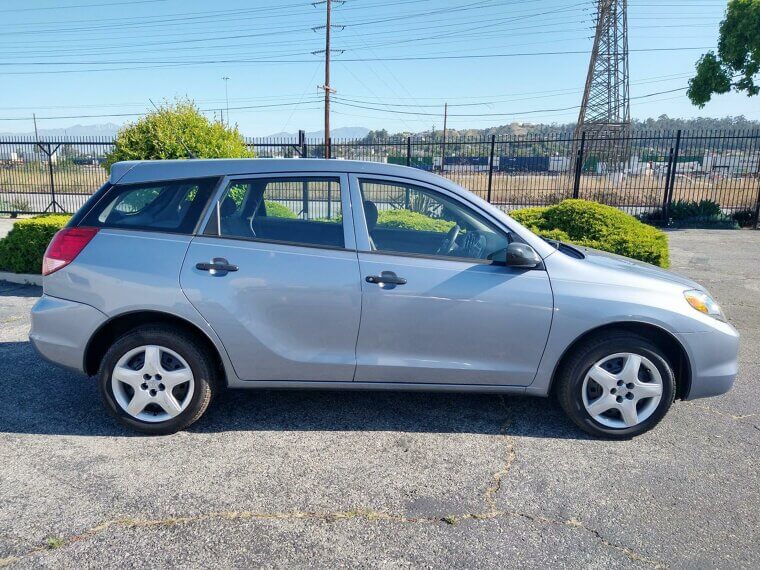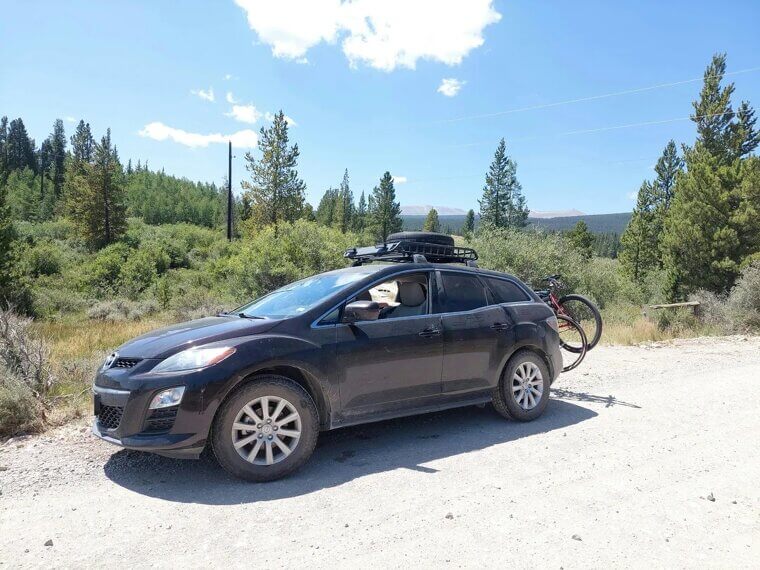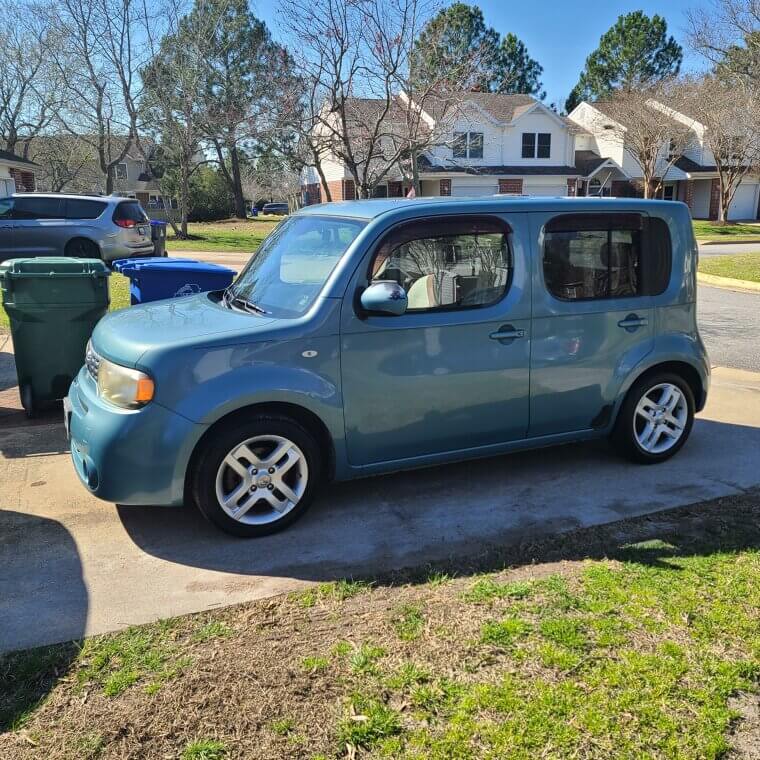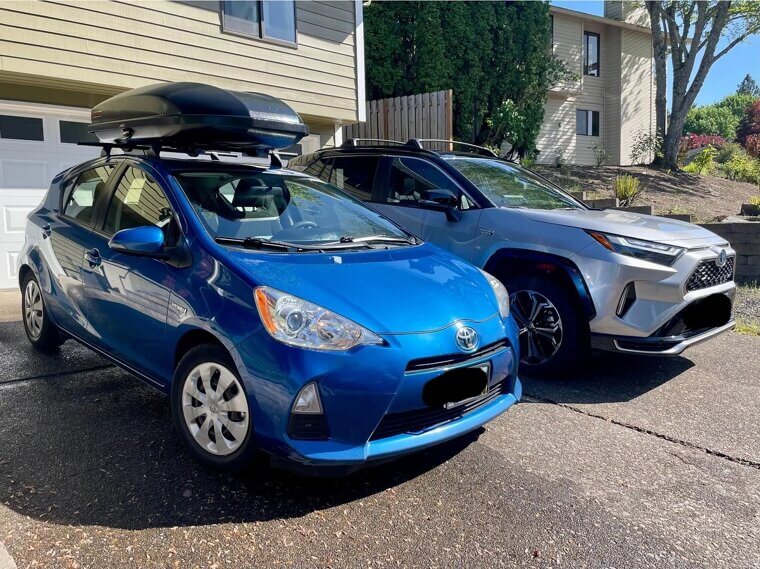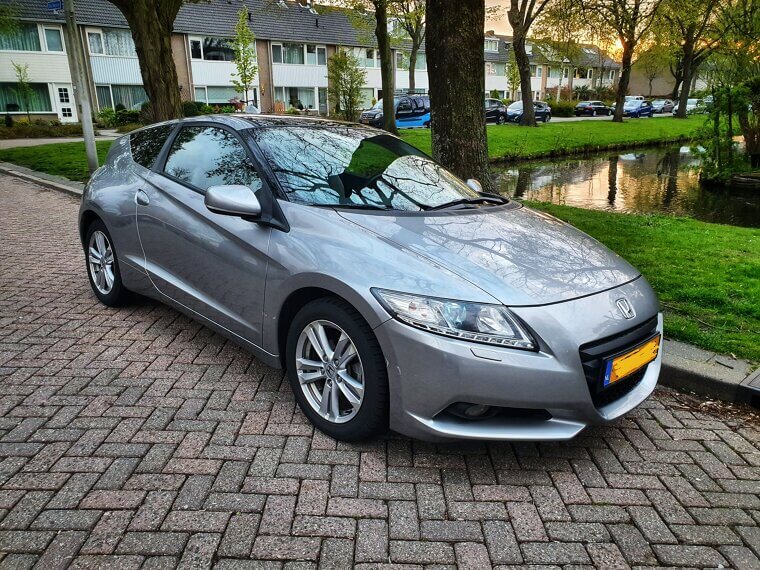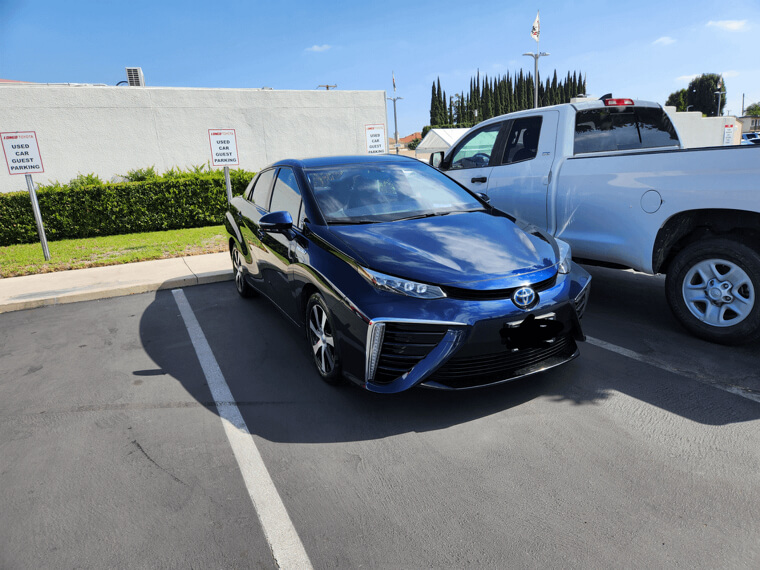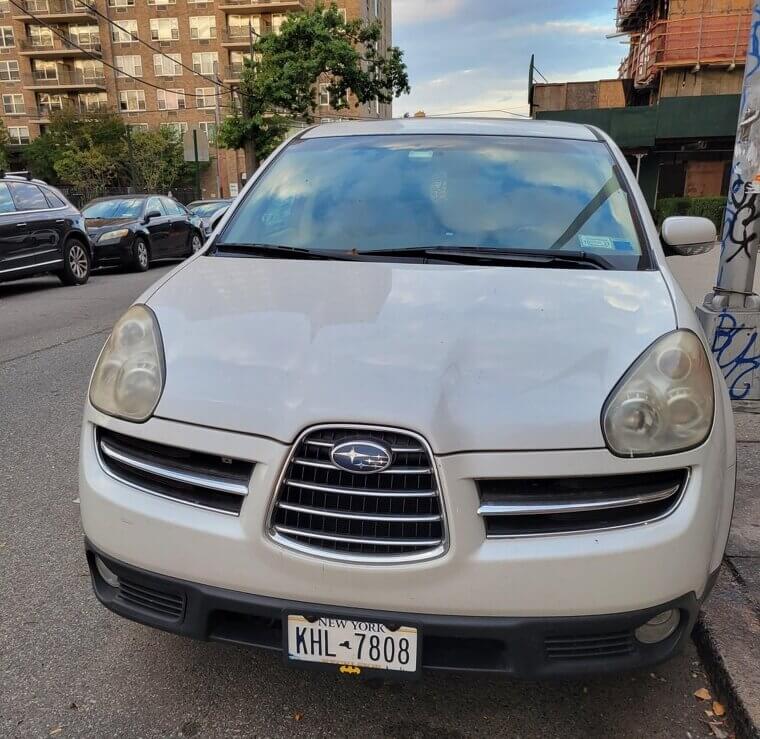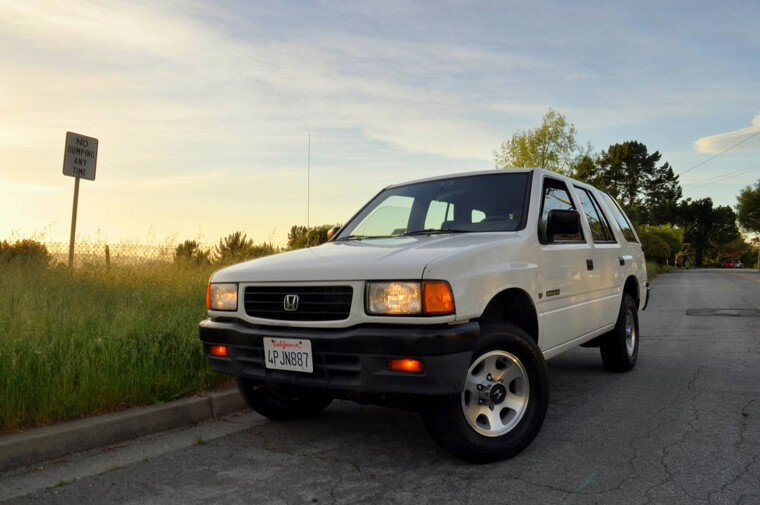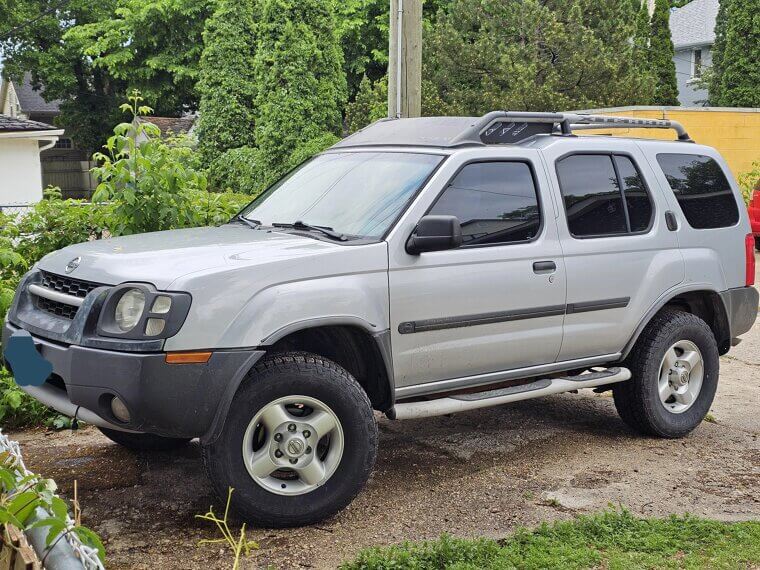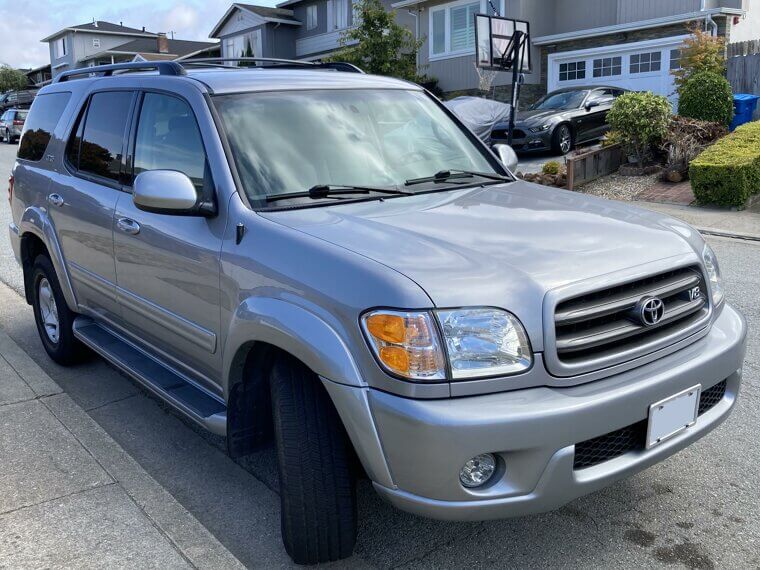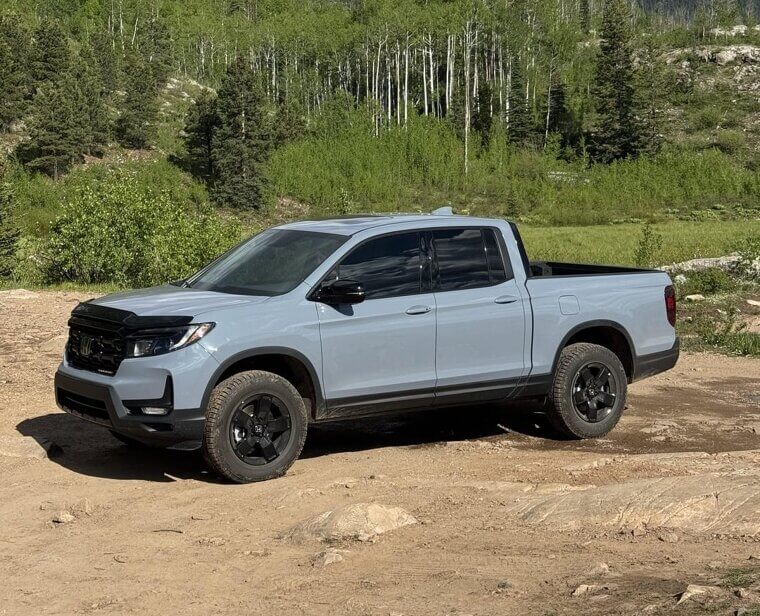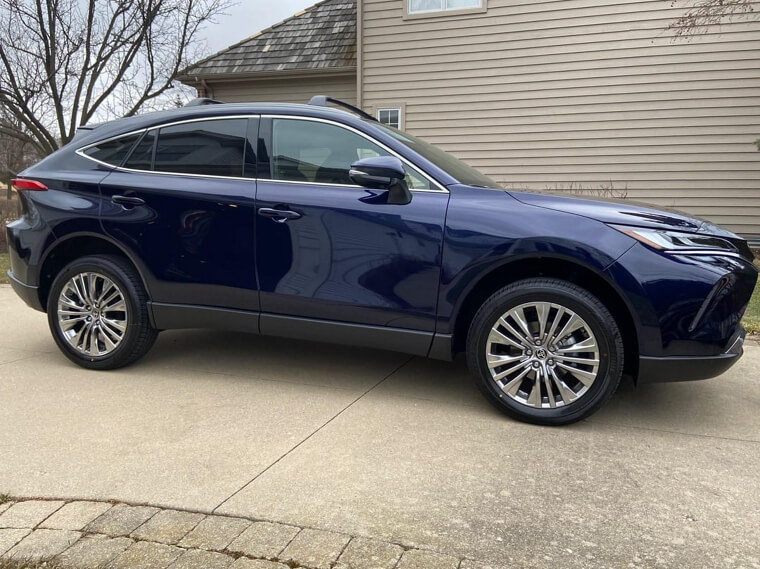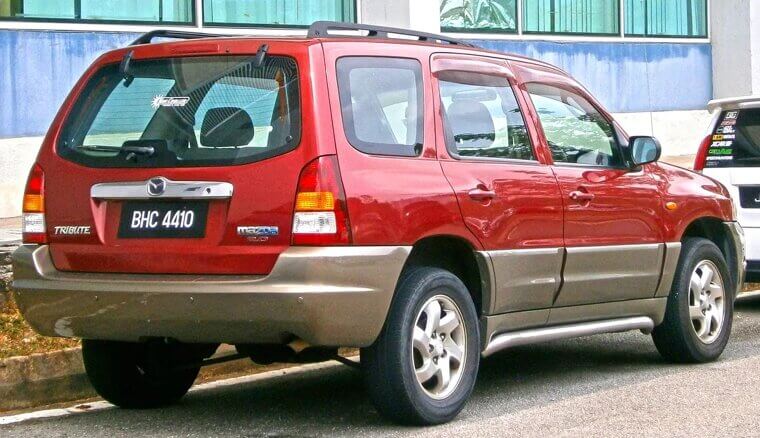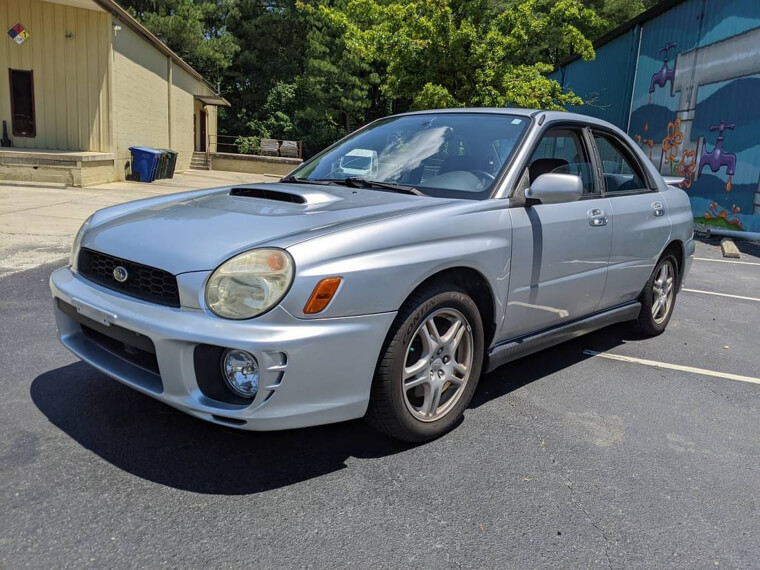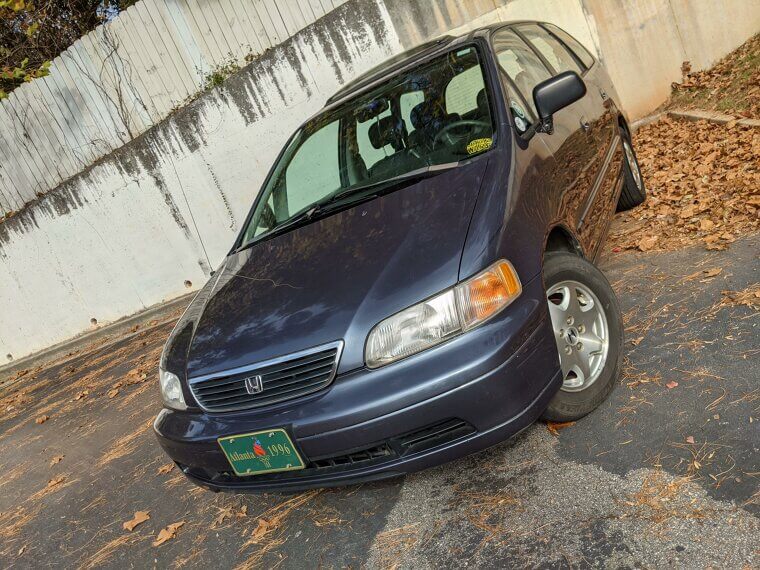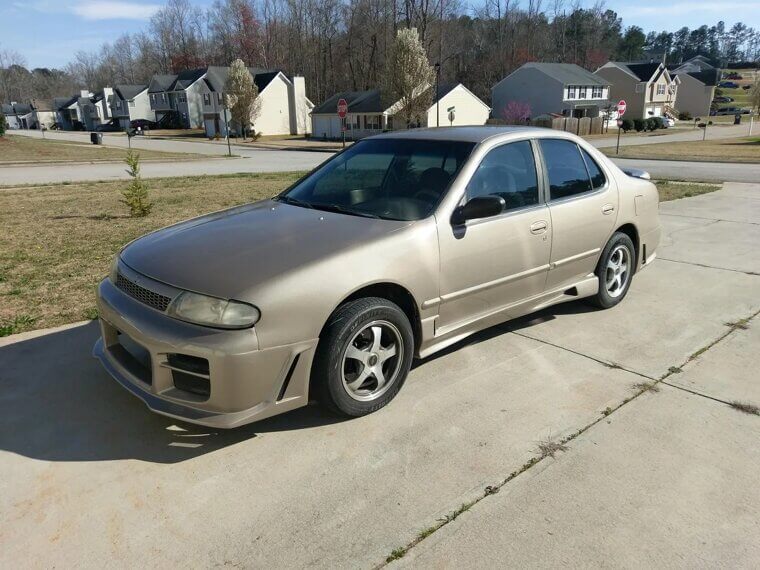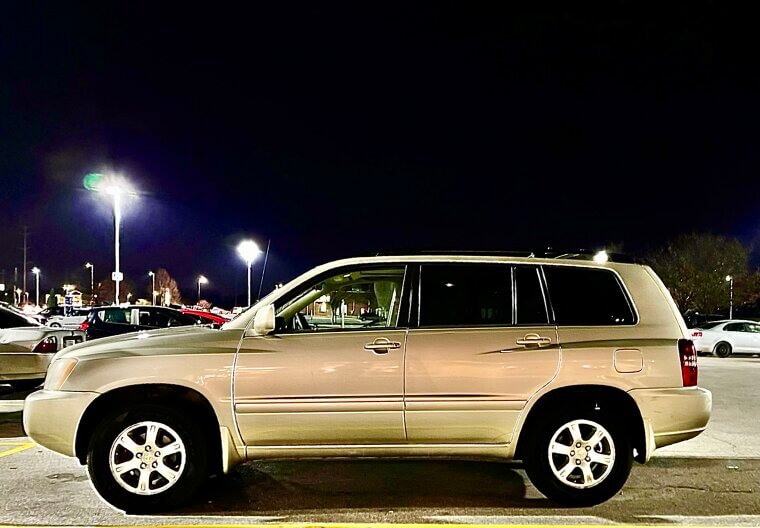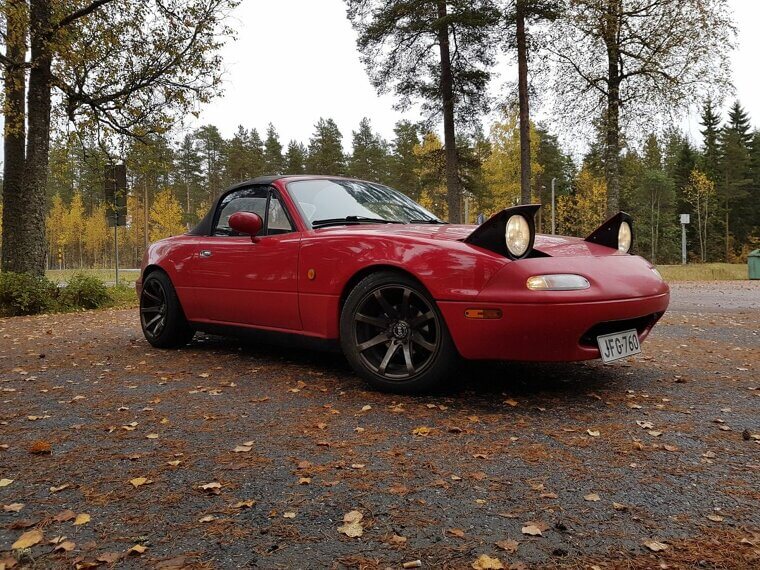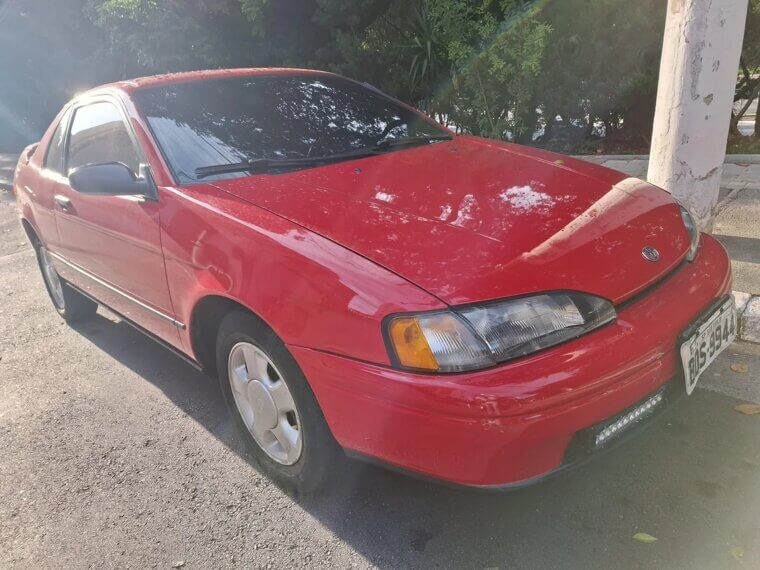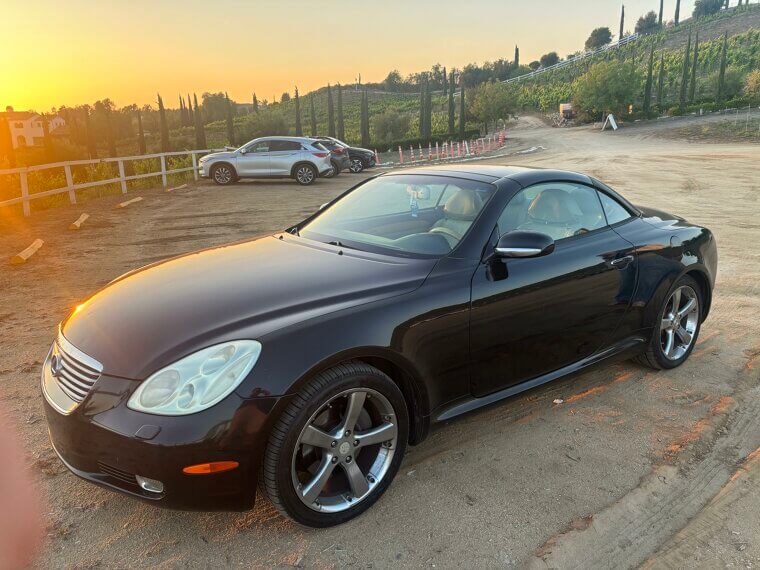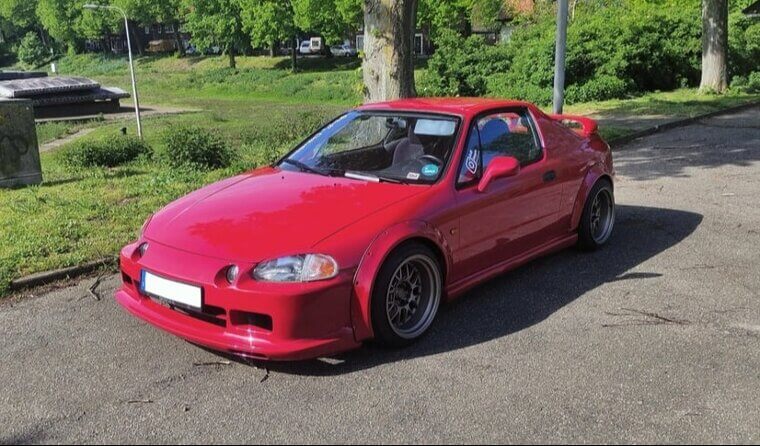Japanese Cars to Avoid
Japan has given us some fantastic vehicles over the years, but just like all motor companies, not everything they touch turns to gold. Some of the offenders on this list went on to redeem themselves with later models, but all of these vehicles left a sour taste in the mouths of many buyers when they first hit the roads.
Subaru BRAT (1978)
Subaru is one of the most prominent names in Japanese automotive engineering, but not everything they come out with is going to be a hit. Take the BRAT, for instance. It was marketed as a sports utility vehicle, but whatever utility it had was immediately offset by its impractical seat layout and limited off-road capabilities.
Honda Crosstour (2009)
From one Japanese automotive giant to the next, Honda is another global brand that many people will swear by. Unfortunately, the Crosstour never found its audience, mostly due to the unclear marketing surrounding it… and its admittedly awkward styling.
Mazda RX-8 (2002)
This one hurt a lot of people. The Mazda RX-8 was the logical next step from the RX-7, with sporty performance and a unique design. Sadly, it was mired by reliability issues, and its lack of both fuel economy and rear-seat space detracted from its appeal.
Toyota Echo (1999)
Toyota isn’t exactly a prestige brand by any means, but they’re a global presence popular with many drivers. The Echo was a subcompact vehicle that made a name for itself thanks to its affordability, but it soon fell out of favor with most drivers due to its frankly uninspiring design and totally lackluster performance.
Nissan Juke (2010)
To say that the Juke was a bold move for Nissan would be putting it lightly. While it was never going to reinvent the wheel, its “unconventional” styling was certainly a choice. Combined with its small size, this made the Juke an unappealing choice for both casual drivers and fans of compact crossovers.
Honda Element (2003)
The Nissan Juke was hardly the first “unconventional” crossover. Indeed, in 2003, Honda released the Element, another compact crossover that really “pushed the envelope” in terms of design. Needless to say, its appeal was niche at best, and it suffered from an overall lack of refinement.
Toyota Matrix (2002)
Despite its compact size, this hatchback had plenty of cargo space to spare and had a decent reputation for reliability. That said, unlike the previous two entries, the Matrix’s design was a little too conservative, and its overall lack of advanced features didn’t do it any favors in a competitive market.
Mazda CX-7 (2006)
The CX-7 was a midsize crossover SUV that boasted sporty handling and a turbocharged engine. Unfortunately, this latter quality ended up working against it - the powerful engine was a real fuel-guzzler, and in time, the CX-7’s reliability came into question as well.
Subaru Baja (2003)
Like a real Baja Blast, the Subaru Baja was always going to be an acquired taste. It combined elements of pick-up trucks and SUVs… while generally failing to appeal to fans of either category due to its limited cargo space, “quirky” design, and limited practicality.
Nissan Cube (2009)
At the very least, you have to give the Cube credit for having such a fitting moniker. It featured an incredibly boxy design and a strangely asymmetrical rear window. Unfortunately, its performance couldn’t compensate for its unconventional appearance, and most people would rather own the cube from Hellraiser over this one.
Toyota Prius C (2012)
The Prius nameplate is something of a meme at this point, but honestly, most versions of the car are perfectly fine. The same can’t be said for the C, unfortunately, which suffered from underwhelming performance and an overall lack of interior refinement that placed it firmly behind its competitors.
Honda CR-Z (2010)
Honda had ambitious goals with the CR-Z. They wanted to combine sporty performance with eco-friendly fuel efficiency. The result? Totally underwhelming on both ends. It wasn’t powerful enough for sports car fans and wasn’t practical enough for eco-conscious drivers either.
Toyota Mirai (2014)
The Toyota Mirai wasn’t a complete failure. It was, in fact, a fairly ambitious attempt at pioneering alternative fuels as a hydrogen cell fuel vehicle. Unfortunately, limited refueling infrastructure - combined with its fairly high price - meant that the Mirai would never be widely adopted.
Nissan Leaf (2010)
To Nissan’s credit, they’ve kept the Leaf nameplate going since its debut in 2010 despite the totally underwhelming response it received. It had the honor of being one of the first mass-produced electric vehicles… and it showed with its severely limited range and battery degradation issues.
Mazda 6 (2002)
On paper and in practice, the Mazda 6 is actually fantastic. It’s a midsize sedan with engaging driving dynamics and a stylish exterior to boot. Unfortunately, it’s the interior that ultimately lets it down, with cheap construction and questionable reliability overall.
Subaru Tribeca (2005)
The Subaru Tribeca offered three-row seating and all-wheel drive in a compact SUV package. Unfortunately, there was just something off about its appearance. While hardly the whackiest design to come out of Japan, when taken into consideration with its underwhelming appearance, it was enough for most people to shun the Tribeca altogether in favor of more stylish models.
Honda Passport (1993)
The Honda Passport represented an interesting partnership with Isuzu. It aimed to combine the latter’s off-road sensibilities with the former’s penchant for SUVs. Sadly, it ended up not really appealing to fans of either due to its lack of refinement, while the truck-based platform simply didn’t click with SUV buyers.
Nissan Xterra (1999)
The Xterra was technically an SUV, but it was designed to appeal to fans of off-road driving as well. Despite a relatively long production run, the Xterra could never keep up with the times, failing to offer any modern features, while its appearance quickly became stale and outdated.
Toyota Sequoia (2000)
Unlike many of the others featured on this list, the Sequoia nameplate is still in use, but who knows for how much longer. While it is a powerful machine (thanks to its roaring V8 engine), it’s a little too big for most SUV buyers and not nearly rugged enough for fans of more rural adventures.
Mazda CX-3 (2015)
The CX-3 was first launched fairly recently in 2015 as a subcompact crossover with sporty handling. Unfortunately, its appeal was quite limited from the get-go: limited rear-seat space made it unappealing for families, while its compact dimensions meant it wasn’t popular with off-roaders either.
Subaru Outback (1994)
The Subaru Outback was an interesting combination of station wagon styling and off-road capabilities. Unfortunately, though they’ve improved since then, the original Outback was considered outdated even by 1994 standards, while its reliability also came under scrutiny.
Honda Ridgeline (2005)
The Honda Ridgeline was a unibody pick-up that boasted an incredibly smooth ride, which made it appeal to non-truck drivers. Dedicated truckers, on the other hand, were completely underwhelmed by its performance, car-like design, and limited towing capabilities.
Nissan Murano (2002)
Unlike some of the other vehicles featured here, the Murano had a fairly broad appeal thanks to its stylish design and comfy interior. Unfortunately, once drivers actually got behind the wheel, they were confronted with severe transmission issues and subpar fuel economy that made it pricey to drive.
Toyota Venza (2008)
The Toyota Venza was intended to be a fairly luxurious vehicle. It was a mid-size offering that combined sedan-like comfort and features with the utility of an SUV. Unfortunately, it also came with a high price tag that most people agreed the Venza couldn’t justify, and its limited off-road capabilities pretty much killed any hype it may have generated.
Mazda Tribute (2001)
The Mazda Tribute was the result of an interesting partnership between Mazda and Ford and shared a platform with the latter’s own Ford Escape. Unfortunately, it was an unrefined mess of a vehicle that also suffered from poor handling and reliability issues, all of which resulted in a disappointing end to what should have been a great partnership.
Subaru Impreza WRX (2002)
The Impreza WRX had a stellar legacy to live up to, but seeing as it’s included here on our list, you probably know that it failed to do so. While later models corrected some issues, earlier models faced reliability issues and had a cheap interior that really didn’t match the quality people had come to expect.
Honda Odyssey (1995)
The Odyssey nameplate is still going strong to this day, so those first few models couldn’t have been that bad, right? Indeed, early Odyssey’s boasted plenty of space and family-friendly features, but their handling was unrefined, and it faced some pretty bad transmission issues.
Nissan Altima (1993)
Like the Honda Odyssey, the Nissan Altima nameplate is still in use today, but early models left a lot to be desired for many drivers. This was mostly due to its uninspired styling, as well as several issues with reliability that were a big turn-off for many drivers.
Toyota Highlander (2001)
If there’s one thing to take away from this list, it’s that Japanese cars are either too conservative or too quirky, with pretty much no in-between. The Highlander fell firmly into the former category, which, when coupled with its reliability issues, made it an easy pass for most drivers.
Mazda MX-5 Miata (1989)
The Miata is, for the most part, a pretty great car to drive based on its sporty performance alone. It’s also one of the few cars on this list to really nail its style. However, early models were exceptionally prone to rust, which made them almost obsolete way before their time.
Toyota Paseo (1991)
Mechanically speaking, there was nothing wrong with the Toyota Paseo. It was an average car in every sense of the word, with average performance, average handling, and average style. It’s this overall blandness that resulted in poor sales, with many drivers ignoring it entirely.
Lexus SC430 (2001)
Lexus is Toyota’s own brand of luxury vehicles, but you’d be surprised by how often its models fail to hit their marks. The SC430 is probably the worst offender of the bunch, marketed as a luxury convertible but handling like anything but luxuriously.
Suzuki Samurai (1985)
The Samurai may have an enduring legacy today, but people forget that early models were anything but stellar. The main issue was safety - early Samurai’s had this strange tendency to flip over, which is something you probably want to avoid while driving.
Suzuki X-90 (1995)
These days, the X-90 is legendary for just how bad it is. Besides its “unconventional” design, it was unsafe to drive like the Samurai, with a similar tendency to flip over.
Honda CRX Del Sol (1992)
Honestly, there were a few cars to choose from to end our list with, but we’re sticking with the Del Sol, one of the most notorious vehicles to come out of Japan. Intended to replace the beloved CRX, the Del Sol sorely missed the mark with terrible structural and mechanical issues.


